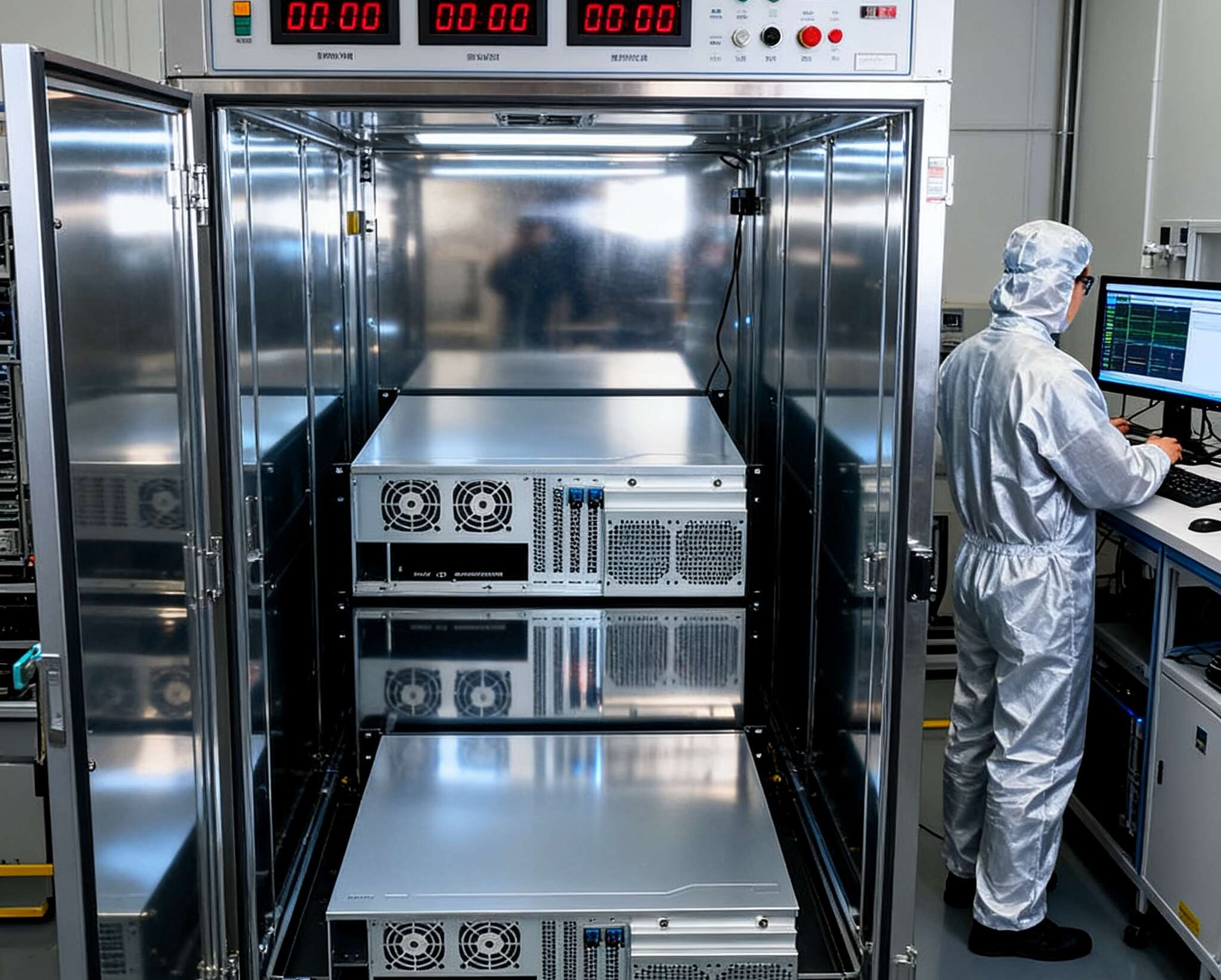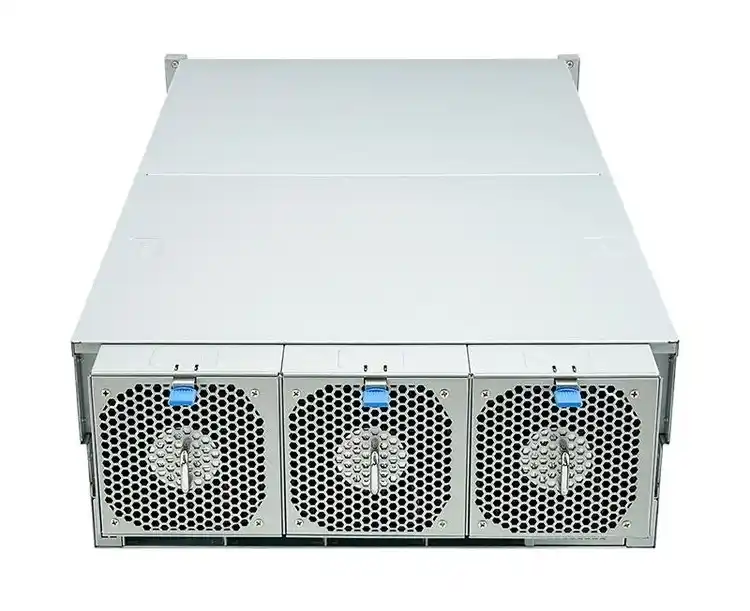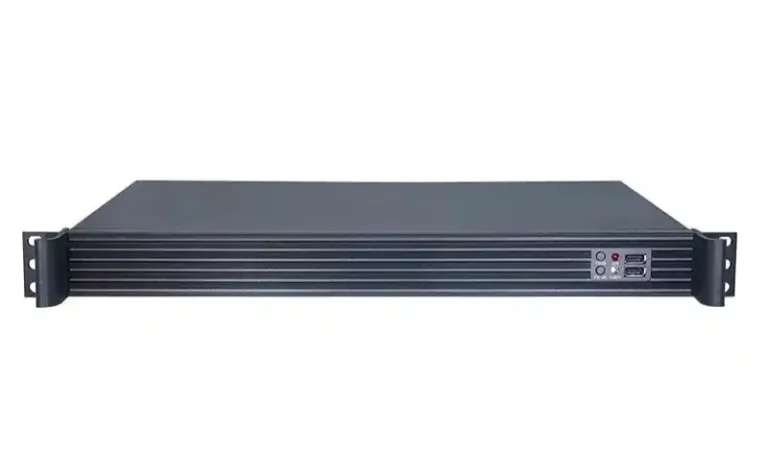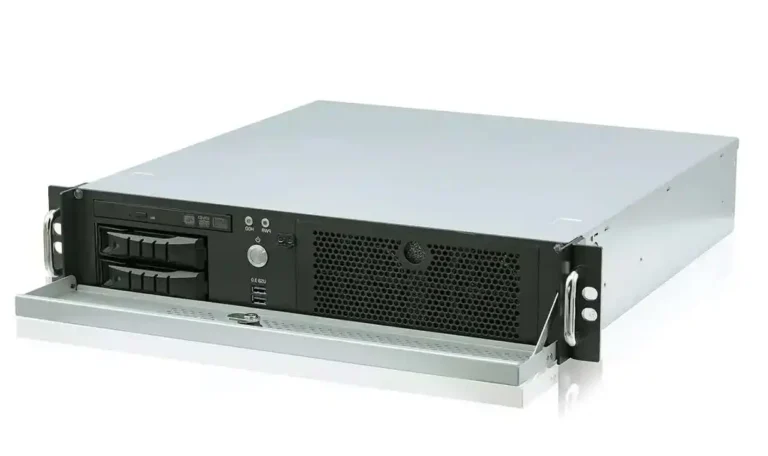You don’t ship a server rack pc case because it looks cool; you ship it because it survives the lab and the field. Here’s a practical, test-driven way to validate a rackmount chassis—grounded in real standards, real failure modes, and real buyer pain. I’ll tie every step back to IStoneCase gear and OEM/ODM workflows so you can move from spec to sign-off without drama.
EIA-310 / IEC 60297 rack compatibility (fit first, argue later)
If the chassis can’t seat clean in a 19-inch rack, everything else is noise. Verify width, U-height (1U = 44.45 mm), hole spacing (1/2″–5/8″–5/8″), and flange geometry against EIA-310 / IEC 60297. Do live installs in mixed vendor cabinets, rails out/in, with PDUs crowding the posts. Watch for: rail sag, ear flex, captive nut interference, cable-arm sweep. A quick mis-fit here becomes a costly RMA storm later.
- Looking for baseline SKUs? See Rackmount Case and pick the footprint that matches your bay layout.
IEC 60068-2-6 / -2-64 / -2-27 vibration & shock (stop the rattle before it ships)
Run sine sweep to catch resonances, random vibration to model transport/site noise, and mechanical shock for bumps and drops. Test as-built: populated fans, drive caddies, risers, dummy PSU mass. Track screws that walk, bezels that buzz, and backplane connectors that micro-frett. Do a torque re-check. It ain’t pretty, but it’s honest.
NEBS GR-63 / ICC-ES AC156 seismic (for telco and quake zones)
If you sell into telco or seismic counties, shake-table it. GR-63-CORE and AC156 prove anchor patterns, rail brackets, and center-of-mass won’t betray you mid-event. Pass means: after the shake, the computer case server boots itself, no human hand-holding.
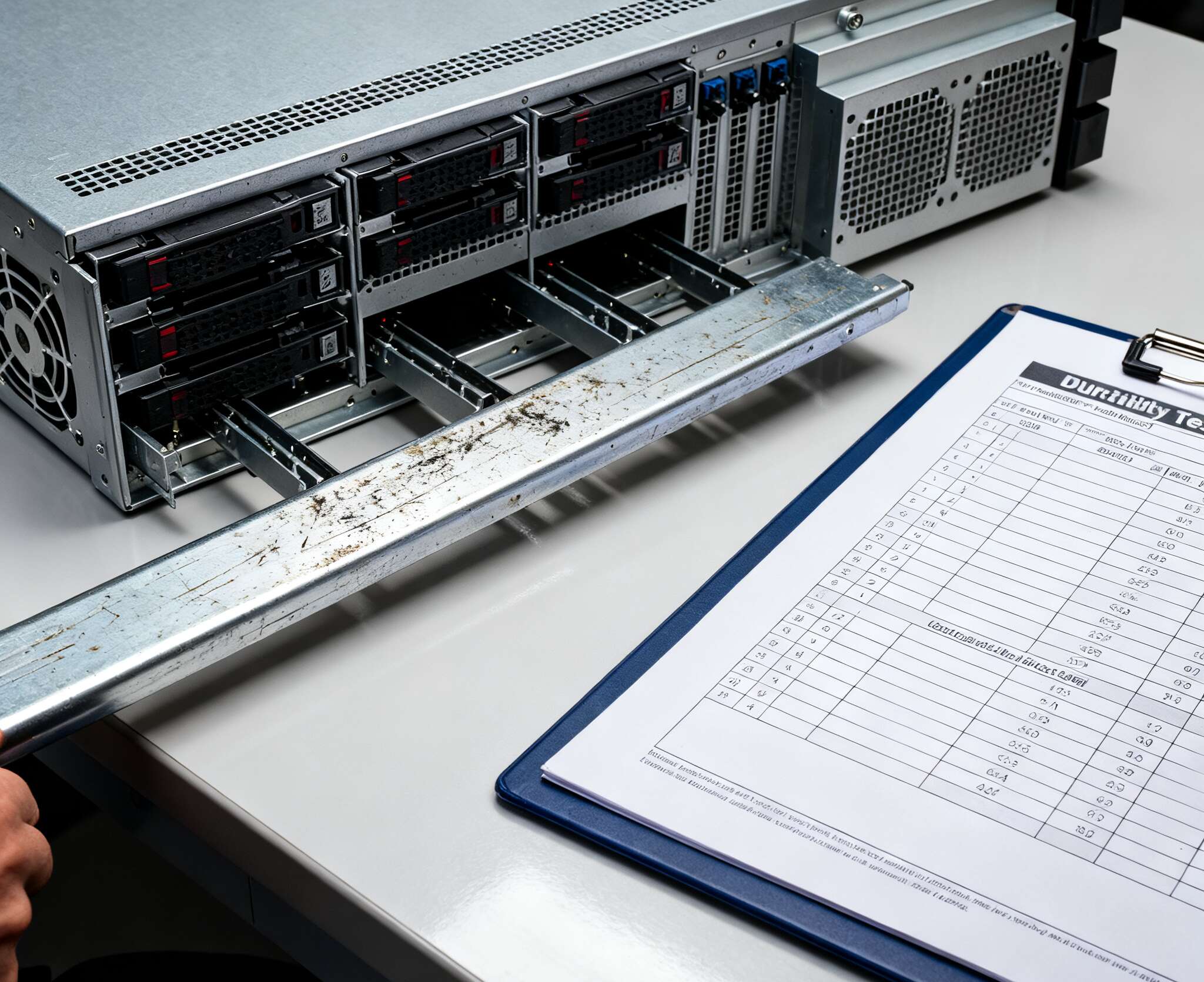
ASHRAE TC9.9 thermal & airflow validation (cool air in, hot air out)
Validate against ASHRAE TC9.9 inlet limits. Use front-to-back flow, measure ΔT across the chassis, and simulate dirty filters and one-fan-down (N+1). GPU builds? Don’t rely on wishful CFM—verify with door perforation, baffle tuning, and cable-mass penalties. We run it long, till the fans kinda complains, because that’s how it works in the wild aisle.
- For dense nodes, a 1U Rackmount Case pushes the density; for broader thermal headroom, see 2U Rackmount Case and 3U Rackmount Case.
EMC compliance: FCC Part 15 / CISPR 32 & 35 (don’t leak, don’t flinch)
With all blanks installed and real cables attached, check emissions (FCC Part 15, CISPR 32) and immunity (CISPR 35). Pay attention to door seams, I/O cutouts, and EMI finger stock. A quiet server pc case saves you painful late-stage re-spins and keeps audits calm.
UL 94 flammability for chassis plastics (choose V-0, sleep better)
Fan ducts, cable guides, latches—spec UL 94 V-0 plastics and keep certificates with incoming QA. If you change a resin or colorant, re-verify. It’s a tiny line item that blocks a huge class of risks.
ISO 7779 / ISO 9296 acoustics (noise you can promise)
Measure A-weighted sound power (L_WA) per ISO 7779, then publish per ISO 9296. Use consistent workloads and ambient. Sound like overkill? In shared labs and office-adjacent IDFs, quiet sells, full stop.
ISTA 3A / ASTM D4169 packaging & transport (arrive alive)
Do full pack-out: carton, foam, pallet. Random vibe + drop + compression + (optional) low pressure. Criteria are simple: no bent ears, no cracked posts, boots clean. The best rackmount is the one that doesn’t die in a truck.
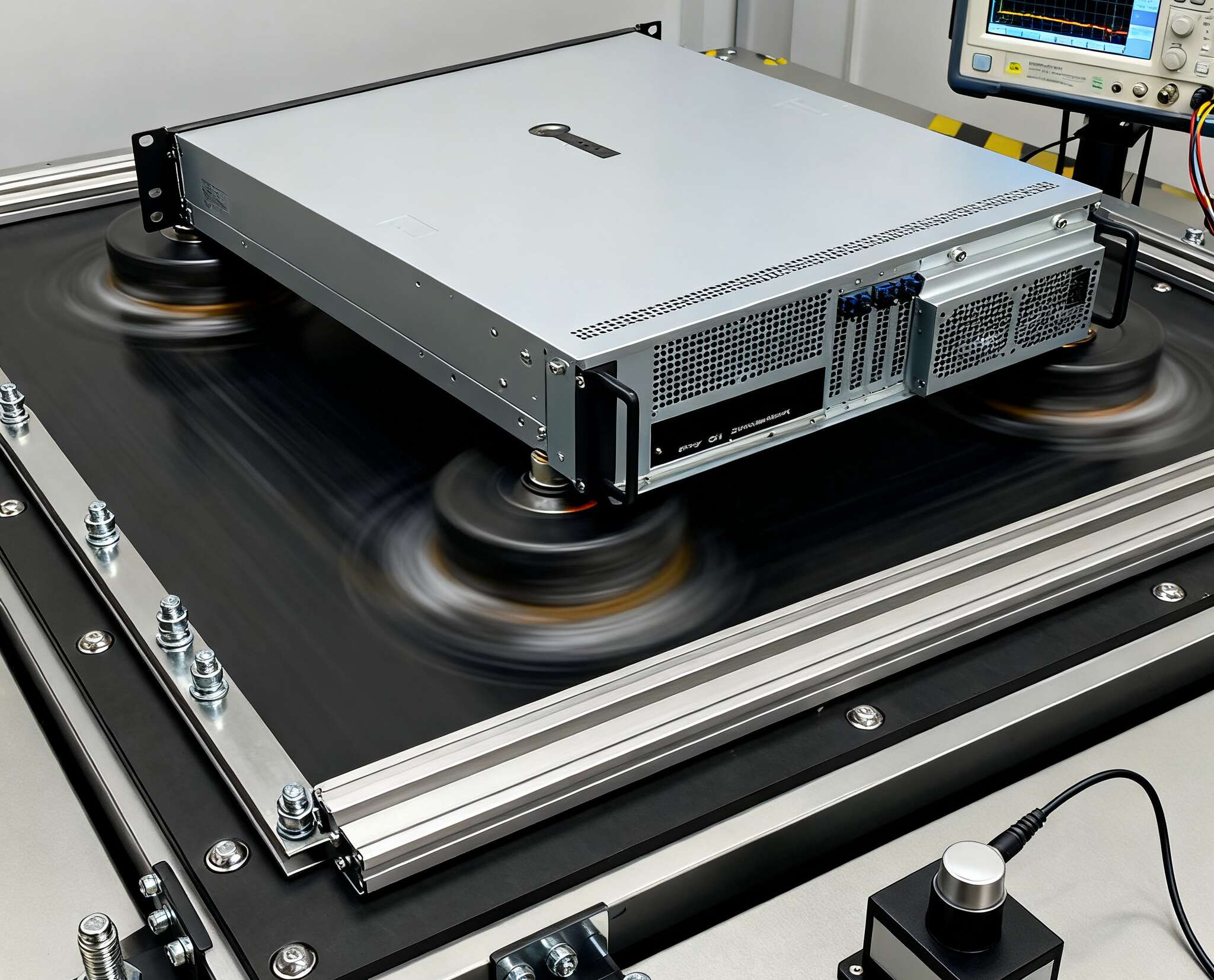
Quick test matrix (clip this into your DVP&R)
| Test domain | Objective & pass hint | Typical setup | Applies to |
|---|---|---|---|
| Rack fit (EIA-310 / IEC 60297) | Seats flush; holes line up; no ear bow | Mixed racks, rail kits, cable arm sweep | All Rackmount Case |
| Vibration (IEC 60068-2-6 / -2-64) | No loose fasteners; no link resets | Populated unit, XYZ vibe profiles | 1U/2U/3U/4U |
| Shock (IEC 60068-2-27) | Survives impact; boots after | Half-sine pulses, corner/edge/drop | All, esp. field-deploy |
| Seismic (GR-63 / AC156) | Auto-recovery; anchors hold | 3-axis shake table with real mounts | Telco, quake regions |
| Thermal (ASHRAE TC9.9) | Inlet within limit; N+1 lives | ΔT mapping, dirty-filter, fan-fail | Dense 1U, GPU rigs |
| EMC (FCC/CISPR) | Under limits; no upset | Full wiring, worst cable dress | All SKUs |
| Acoustics (ISO 7779/9296) | Publishable L_WA/L_{pA} | Anechoic/ hemi-anechoic tests | Edge/office |
| Packaging (ISTA 3A/D4169) | No damage on arrival | Carton + palletized set | All shipments |
Note: Add ORT (ongoing reliability test) for production: weekly vibe spot-checks, fan burn-in, and PSU load sweeps.
Real-world use cases (where tests pay the bills)
- AI training pods: Multi-GPU nodes need linear front-to-back flow and tight baffles. With a 4U Rackmount Case, you get room for tall heatsinks, proper risers, and clean cable-air separation. That’s how you keep hot VRMs from cooking neighboring DIMMs.
- Edge/retail compute: Dust happens. Validate IP dust ingress where needed, plus filter service intervals. A quiet acoustic profile tampers customer complaints—nobody wants a jet-engine POS.
- Telco closets: Rails meet odd racks; quake zones require AC156. A tough atx server case with reinforced ears and cage-nut-friendly slots saves installers’ knuckles and your schedule.
- Lab clusters: Students slam trays. Tool-less caddies and captive screws reduce “where did that screw go?” failures. Small grammar here: we keep it simple, not too fancy, so techs don’t overthink.
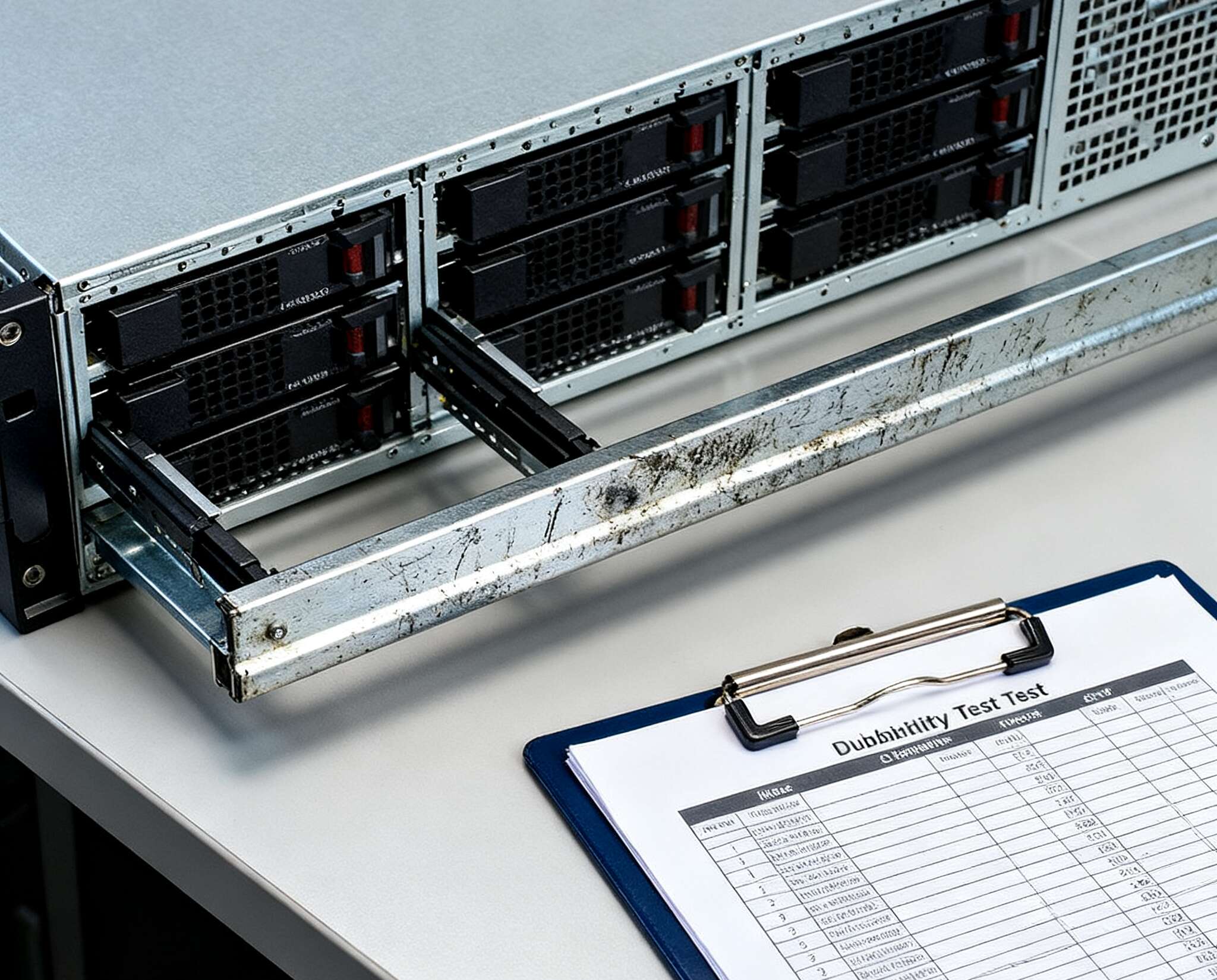
IStoneCase product paths that map to tests (pick your lane)
1U / 2U / 3U / 4U Rackmount Case (thermal vs. expandability trade-offs)
- 1U: Max density, tight thermals, best for front-I/O service lanes. Start here: 1U Rackmount Case.
- 2U: Sweet spot for airflow and card height; easier cable management. See 2U Rackmount Case.
- 3U: More bays, bigger coolers, quiet profiles. Check 3U Rackmount Case.
- 4U: Full-height GPUs, chunky radiators, and storage galore. Go 4U Rackmount Case.
All of the above accept ATX/SSI-EEB variants, so your atx server case layout and PSU options stay open.
Customization Server Chassis Service (OEM/ODM that actually fits your SOW)
When you need a special backplane, non-standard front I/O, or a unique air-duct for accelerators, use the Customization Server Chassis Service. We fold tests into the SOW: FAI (first article inspection), EMC pre-scan, thermal baffle tuning, rail kit validation in your exact cabinet list. Less back-and-forth, faster PPAP-ish sign-off.
Buyer pain, solved with test-driven design (and a bit of black talk)
- Cold-aisle integrity: Baffles + foam gaskets kill recirculation. That’s free ΔT margin.
- Tool-less, not careless: Thumbscrews still need metal bosses; plastic by itself strips.
- EMI seams: Use spring fingers at door edges. Tape won’t save you in a chamber, trust me.
- Cable-arm drag: Validate full-extension torque so rails don’t bind when fully cabled.
- FRUs and MTTR: Label wind tunnels and keep fan harnesses short; techs move fast, sometimes too fast.

